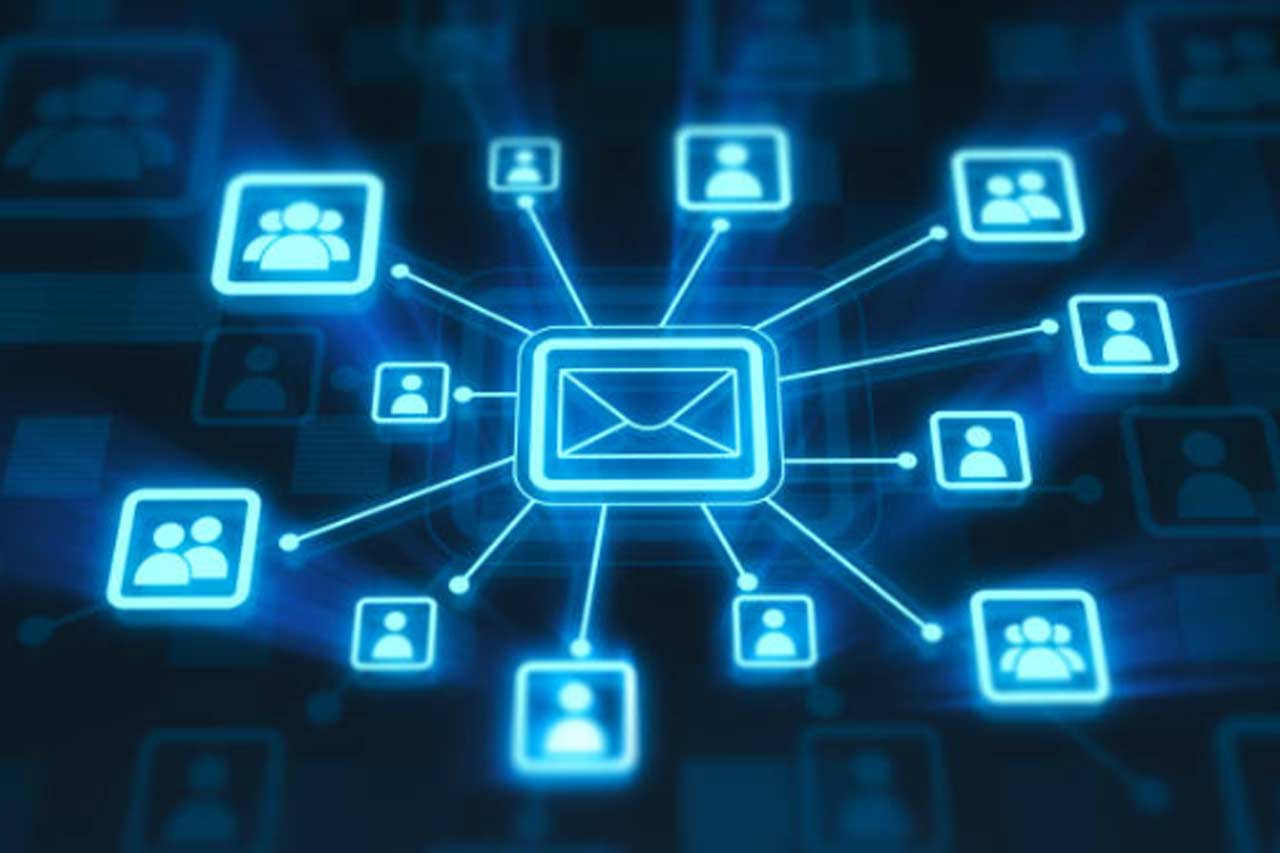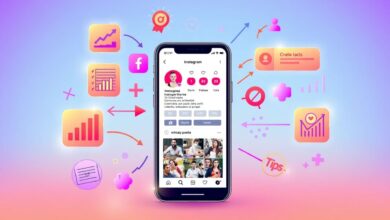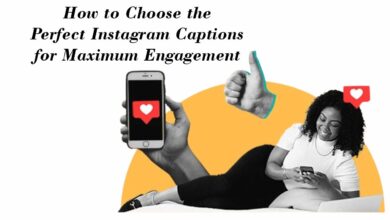
Introduction:
In today’s fast-paced digital landscape, content creation can be both time-consuming and demanding. However, rather than constantly churning out new material, savvy marketers are discovering the power of repurposing existing content to fuel their email marketing campaigns. This approach not only saves time and resources but also ensures consistent messaging across multiple channels. In this article, we’ll explore six effective strategies for repurposing content specifically tailored for email marketing success.
Unleash the Power of Roundups:
- Roundups are like curated playlists but for your blog posts and articles.
- They gather the juiciest tips and best content from your website into one email.
- For example, if you have blog posts about healthy eating, you can compile the top tips and recipes into a single email.
- It’s like serving up a buffet of goodness directly to your subscribers’ inboxes.
- Similarly, if you’re in the fashion industry, you can create roundups of styling tips, trends, and fashion hacks.
- Roundups should have a cohesive theme or topic to tie everything together.
- Think of it like making a mixtape – each piece of content should complement the next and tell a story.
- Consider what topics your subscribers are interested in and select content that addresses their questions or concerns.
- Compile the chosen content into an email that provides value and keeps subscribers engaged.
Elevate Your Content with Multimedia:
Okay, so imagine you’re reading an email from your favorite brand, and instead of just boring words, there are cool pictures and videos that grab your attention. That’s multimedia content, and it’s like adding sprinkles to your ice cream – it just makes everything better!
Let’s say you wrote this awesome blog post about how to make the perfect smoothie. Now, instead of just sending out that blog post in an email, you could turn it into an infographic. It’s like turning your words into pictures that are easy to understand and fun to look at. Plus, it’s way more shareable on social media!
But wait, there’s more! If you’ve ever done a webinar or recorded a video tutorial, you’re sitting on a goldmine of content. You can take snippets from those videos and include them in your emails. It’s like giving your subscribers a sneak peek of the good stuff. They’ll be itching to click through and watch the full video. Plus, you can customize your email marketing templates to feature these video snippets prominently, enticing subscribers with visually appealing content that showcases the value of your offerings.
Read Also: Unlock Snapchat’s Marketing Potential for Businesses
And don’t forget about the audio! If you’ve got a podcast or recorded interviews with experts in your field, you can share snippets of those in your emails too. It’s like having your own radio show but without the commercials.
Now, when it comes to sending multimedia content in emails, there are a few things to keep in mind. You want to make sure your images and videos are clear and high-quality, so they don’t look all pixelated and blurry. And don’t forget to add alt text to your images, so people using screen readers can still understand what they’re looking at.
So, next time you’re thinking about sending out an email, spice things up with some multimedia content. Your subscribers will thank you for it, and you’ll stand out from the crowd in their inbox!
Craft Compelling Case Studies:
Alright, imagine you’re telling a really cool story about how your friend used this amazing product and totally rocked it. That’s kind of what a case study is – it’s like showing off real-life success stories to prove how awesome your stuff is.
So, let’s say you have this company that sells super comfy mattresses. You could gather up stories from happy customers who have slept like babies since they got their new mattress. These stories could talk about how they used to toss and turn all night, but now they sleep like a log. It’s like a before-and-after picture, but in words!
Or maybe you have a software company, and your clients are raving about how your app has made their lives so much easier. You could turn those testimonials into case studies that show exactly how your software helped solve their problems. It’s like showing your friends how cool your new gadget is and convincing them they need one too.
Now, when you’re crafting these case studies for your email campaigns, you wanna make sure they’re super engaging. That means using real quotes from your customers and telling their stories in a way that grabs attention. You want people reading your emails to feel like they’re part of the success story too!
And here’s the cool part – when you send out these case studies in your emails, you’re not just bragging about how awesome your products are. You’re also building trust with your audience. They see real people just like them who have had success with your stuff, and that makes them more likely to trust you and buy from you.
So, next time you’re thinking about what to put in your email campaigns, consider sharing some awesome case studies. Your subscribers will love hearing about real success stories, and you’ll be one step closer to making that sale!
Harness the Potential of Email Series:
Alright, so imagine you’re reading this really cool book, but instead of reading it all at once, you get a chapter every few days. That’s kinda what an email series is – it’s like getting a little piece of something awesome delivered to your inbox on the regular.
Let’s say you wrote this super helpful ebook about how to grow plants at home. Instead of just sending out the whole ebook in one email, you could break it down into a series of lessons. Each lesson could cover a different topic, like choosing the right plants or caring for them properly. It’s like taking a big book and turning it into bite-sized pieces that are easier to digest.
Or maybe you have this really in-depth blog post about how to build a website from scratch. Instead of overwhelming your subscribers with all the information at once, you could break it down into a series of emails. Each email could focus on a different step in the process, from choosing a domain name to designing the layout. It’s like taking a big project and breaking it down into smaller, manageable tasks.
Now, when you’re sending out these email series, you wanna make sure each email builds on the last one. That means starting with the basics and gradually diving deeper into the topic. You want your subscribers to feel like they’re on a journey with you, learning and growing along the way.
And here’s the best part – email series are not just about delivering content. They’re also about building relationships. By sending out regular emails that provide value to your subscribers, you’re showing them that you care about their success. And that’s a surefire way to turn leads into loyal customers!
So, next time you’re planning your email campaigns, consider creating an email series. Your subscribers will love getting valuable content delivered straight to their inboxes, and you’ll love building stronger relationships with them along the way!
Personalize and Segment Your Content:
Okay, so imagine you’re at a pizza party, and instead of just getting a plain cheese pizza, you get to choose your favorite toppings. That’s kinda what personalization is – it’s like making your emails extra special for each person on your list.
Let’s say you have a clothing store, and you sell both men’s and women’s clothing. Instead of sending out the same email to everyone, you could segment your list based on gender. That way, you can send emails with products that are tailored to each person’s interests. It’s like sending your friend who loves dresses an email with all the latest dress styles and sending your friend who loves jeans an email with all the coolest denim trends.
But wait, there’s more! You can also segment your list based on things like location or past purchases. Let’s say you have a coffee shop, and you notice that people in different cities have different preferences when it comes to coffee drinks. You could send out emails promoting cold brew to people in warmer climates, and hot lattes to people in colder climates. It’s like giving people exactly what they want, without them even having to ask!
Now, when it comes to personalizing your emails, there are a few things to keep in mind. You want to make sure you’re using people’s names in the subject line and throughout the email, so they feel like you’re talking directly to them. And don’t forget to use dynamic content blocks to show different products or offers based on each person’s interests.
So, next time you’re sending out an email campaign, take a minute to personalize it for your audience. They’ll appreciate the extra effort, and you’ll see better results in your open and click-through rates!
Measure, Analyze, and Iterate:
Alright, so you know when you’re playing a video game and you keep track of your score to see how well you’re doing? Well, measuring and analyzing your email marketing campaigns is kinda like that – it’s all about seeing how your emails are performing so you can make them even better next time!
Let’s say you send out an email promoting a new product, and you want to see how many people actually open it and click on the link to buy the product. That’s where measuring comes in – you use tools like email analytics to track things like open rates and click-through rates. It’s like keeping score to see how many points you’re getting in the game!
But measuring is just the first step. After you’ve collected all this data, you gotta analyze it to figure out what’s working and what’s not. Maybe you notice that your emails with pictures of cute puppies get way more clicks than your emails with pictures of kittens. That’s a valuable insight that you can use to make your emails even better next time!
And here’s where it gets really cool – once you’ve analyzed your data, you can start experimenting with different things to see what works best. This is called A/B testing, and it’s like trying out different strategies to see which one gets you the highest score. For example, you could send out two versions of the same email with different subject lines and see which one gets more opens.
So, by measuring, analyzing, and iterating on your email marketing campaigns, you can keep improving and getting better results with each new email you send. It’s like leveling up in a video game – the more you play, the better you get!
Conclusion:
Repurposing content for email marketing campaigns offers a strategic approach to maximize the value of existing assets while delivering targeted and engaging messages to your audience. By leveraging the diverse range of repurposing strategies outlined in this article, marketers can streamline their content creation process, drive customer engagement, and achieve measurable results in their email marketing efforts.







